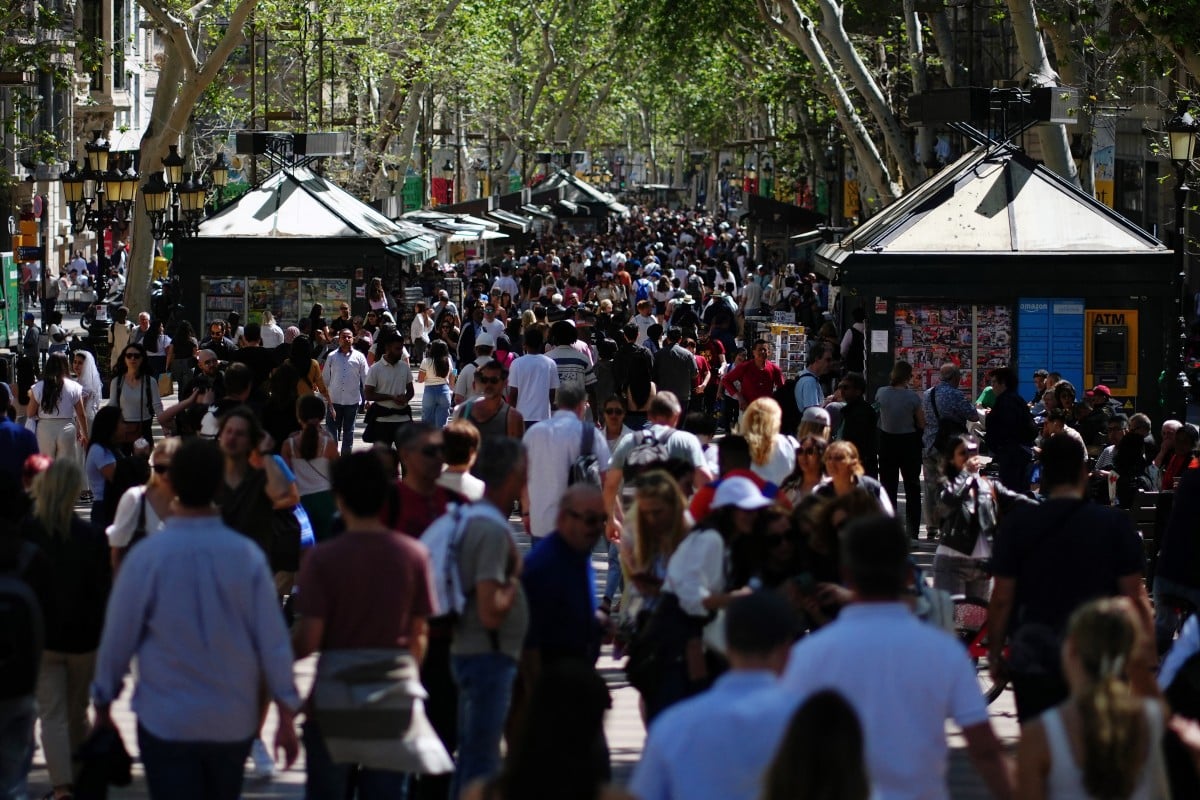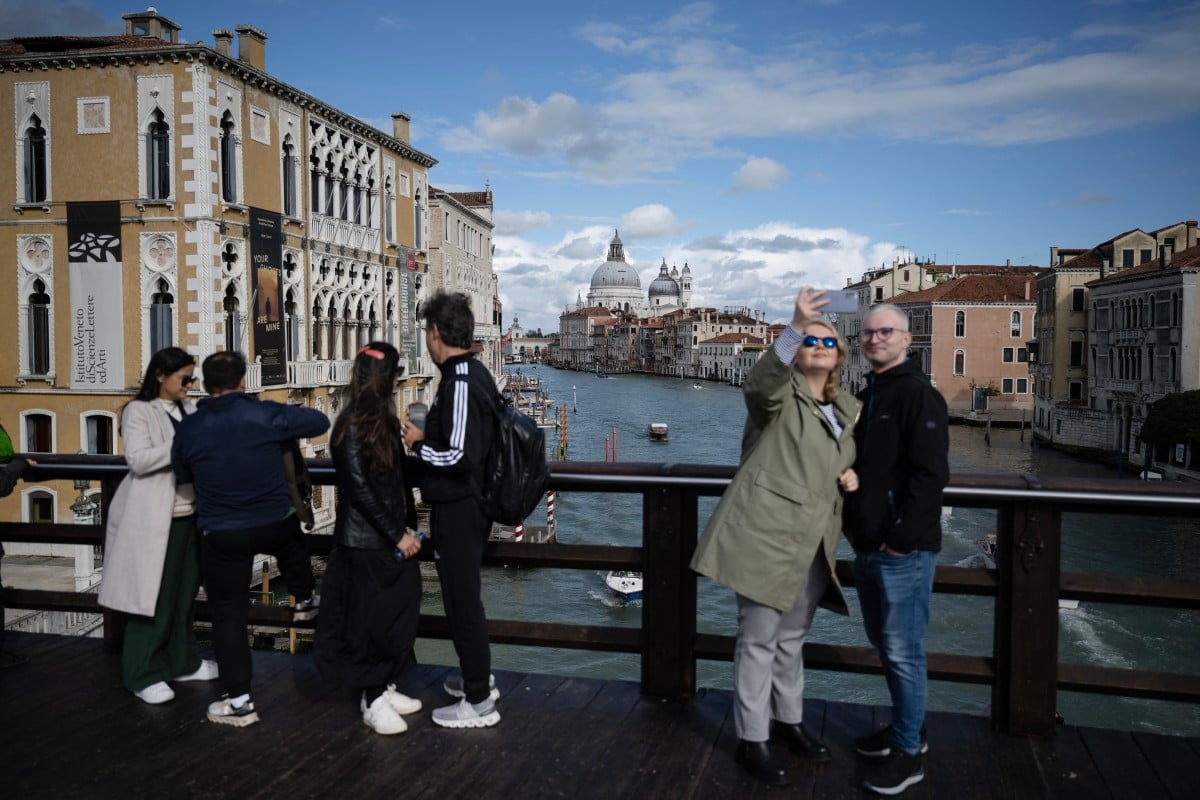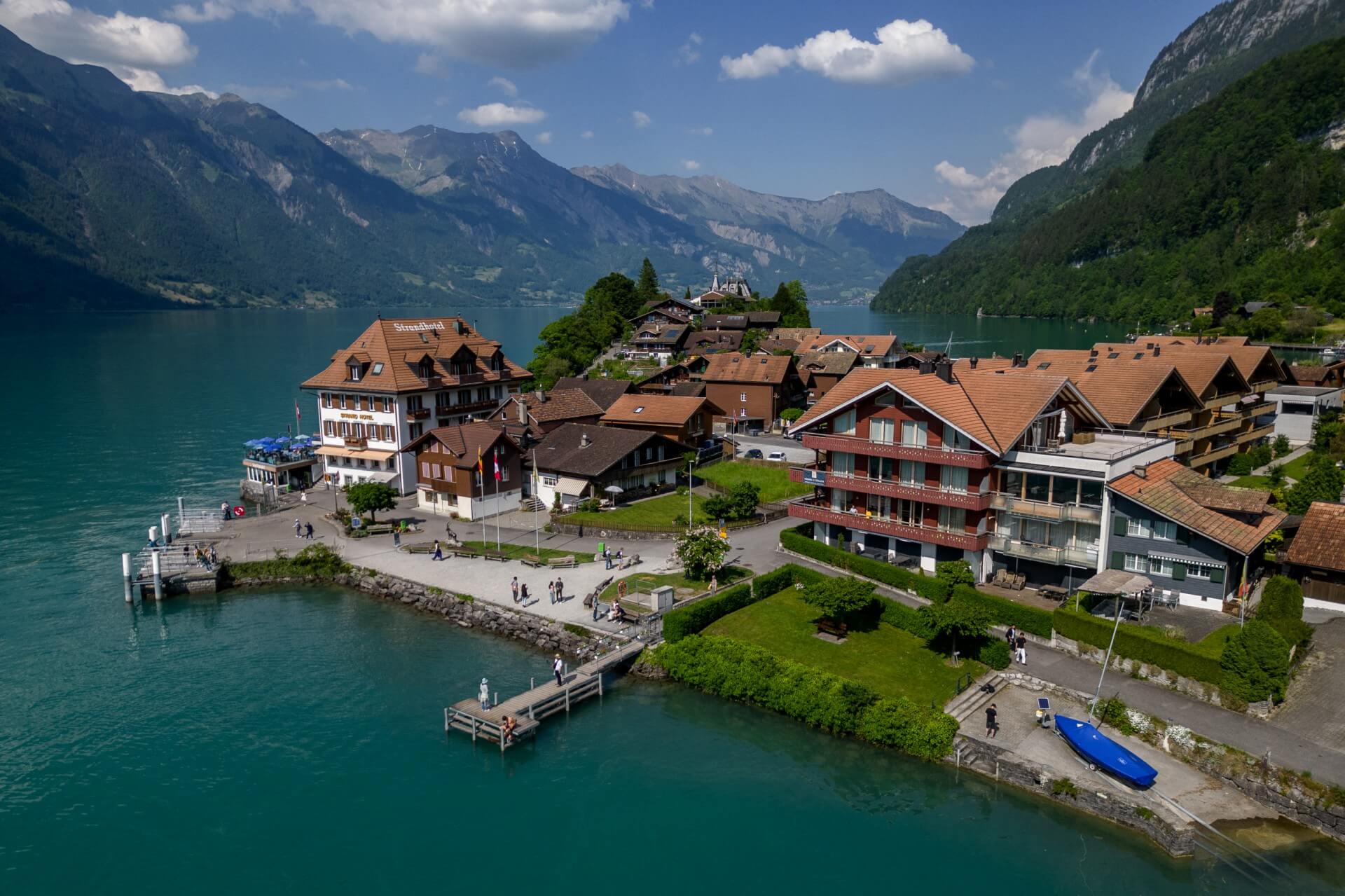In 2019 France was the world’s most visited tourist destination and despite wildfires and cost-of-living fears, holidaymakers flocked to tourist destinations up and down the country this summer.
Gîtes de France’s national director confirmed to AFP that occupancy rates at registered properties nationally rose to 86 percent in August – a six-point increase on 2019, the last year before Covid-19 – and even hit 100 percent between July 23rd and August 20th.
Didier Arino, general manager of the tourism and leisure consultants Protourisme, said that the number of nights booked in hotels has increased 2 percent compared to before the pandemic while, turnover has increased by 17 percent.
READ ALSO 6 reasons why France is the top tourist destination
Rail operator SNCF also had a good summer, saying that it carried 23 million passengers on TGV and Intercité trains in France in July and August, rising to 28 million if international services, including Eurostar, are included.
“That makes overall 10 percent more passengers compared to the summer of 2019,” SNCF Voyageurs CEO Christophe Fanichet told Le Parisien.
While tourists returned to Paris following the pandemic – 9.9 million people visited the city this summer, down just 3.5 percent on 2019’s figures – the favourite destination in France remained the coast.
Hotels in the ever-popular Provence-Alpes-Côte d’Azur region in the south-east returned to 2019 occupancy levels, despite an average price hike of more than 30 percent.
Normandy, too, has returned to pre-pandemic occupancy rates, even though prices have jumped between 10 percent and 15 percent, according to consulting firm MKG Consulting.
The president of the Fédération Nationale de l’Hôtellerie de Plein Air said that France’s campsites have been busy since the beginning of July. A impressive 77 percent of sites in Brittany alone had reported higher business than in 2019, he said.
But some inland areas, such as the Gers or Dordogne, that had benefited from something of a tourism boost in 2020 and 2021, when more French holidaymakers stayed at home because of Covid, have not enjoyed similar success this year. Experts believe many French tourists who visited those areas in the past two summers have taken holidays abroad this year.
France’s leisure parks, too, have enjoyed a bumper year. Parc Astérix is France’s second largest theme park after Disneyland Paris, saw growth jump 20 percent compared to 2019, with the final figure of visitors in July and August expected to be between 750,000 and 800,000.
Similar growth figures were reported at other parks such as Futuroscope and Walibi, while Disneyland Paris told AFP it had enjoyed “a very positive dynamic” this summer.







 Please whitelist us to continue reading.
Please whitelist us to continue reading.
Member comments